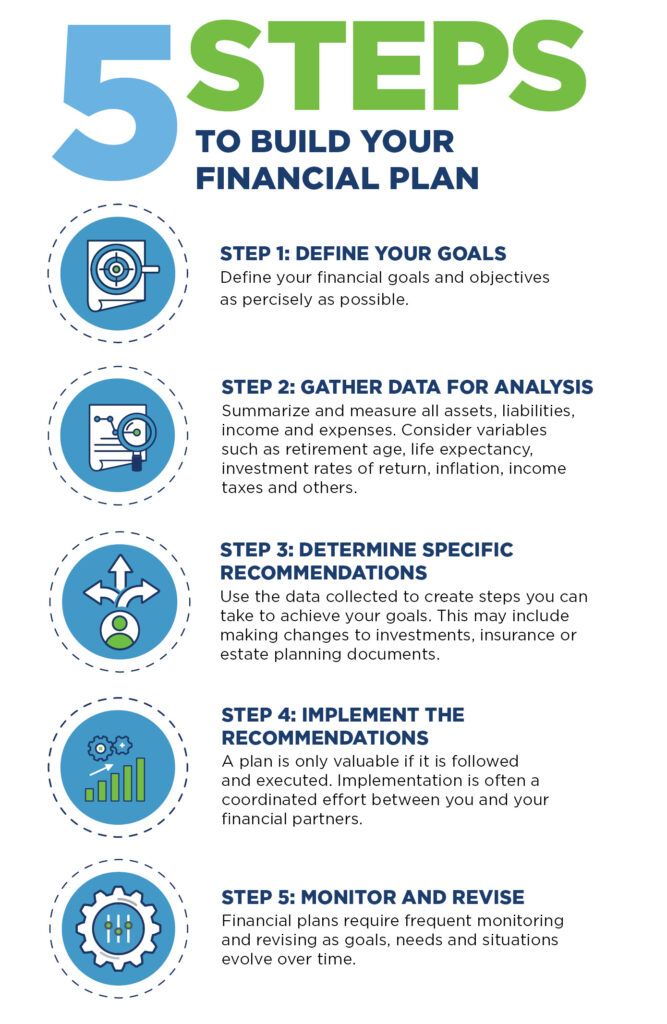Running a successful business requires more than just a great idea and hard work. It also requires careful financial planning to ensure that your business stays afloat and continues to grow. Creating a financial plan for your business is essential for managing your finances, setting goals, and making informed decisions about your business’s future. In this article, we will discuss the steps you need to take to create a solid financial plan for your business.
1. Set Clear Goals
Before you can create a financial plan for your business, you need to have a clear understanding of your business goals. Whether you want to increase revenue, expand your product line, or open new locations, your financial plan should align with these goals. Define what success looks like for your business and outline the key milestones you need to achieve to reach those goals.
2. Estimate Your Expenses
Once you have defined your goals, you need to estimate your expenses. This includes both fixed expenses, such as rent and salaries, and variable expenses, such as marketing and supplies. It’s essential to be as accurate as possible when estimating your expenses, as this will help you determine how much revenue you need to generate to cover your costs.
3. Project Your Revenue
After estimating your expenses, you need to project your revenue. This involves forecasting how much money you expect to bring in from sales and other sources over a specific period, such as a month, quarter, or year. Consider factors such as market trends, competition, and seasonality when projecting your revenue.
4. Create a Cash Flow Statement
A cash flow statement is a crucial part of your financial plan, as it shows how money is moving in and out of your business. By tracking your cash flow, you can identify potential cash shortages and surpluses, allowing you to make informed decisions about your business finances. Make sure to update your cash flow statement regularly to ensure you have an accurate picture of your financial health.
5. Build a Budget
Once you have estimated your expenses, projected your revenue, and created a cash flow statement, it’s time to build a budget. A budget outlines how you will allocate your resources to achieve your business goals. It should include a breakdown of your expenses, revenue projections, and cash flow forecasts, as well as any financing or investment plans you have for your business.
6. Monitor and Adjust
Creating a financial plan for your business is not a one-time task. It requires ongoing monitoring and adjustments to ensure your finances are on track. Regularly review your financial statements, compare your actual results to your projected results, and make changes as needed. By staying on top of your finances, you can make informed decisions that will help your business succeed.
Conclusion
Creating a financial plan for your business is a critical step in ensuring your business’s success. By setting clear goals, estimating your expenses, projecting your revenue, creating a cash flow statement, building a budget, and monitoring and adjusting your finances, you can better manage your business finances and make informed decisions about your business’s future. Remember, a solid financial plan is essential for running a successful business in the tech niche.

